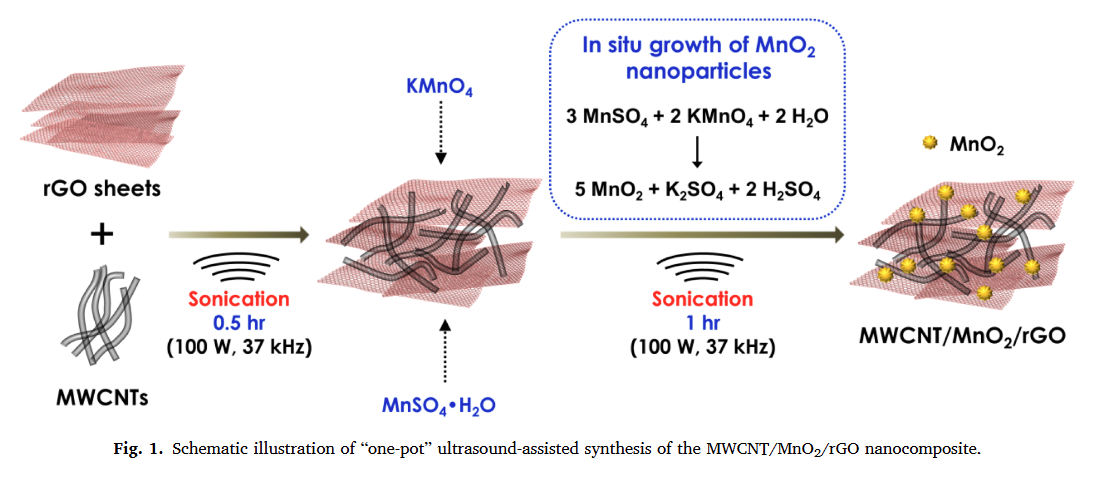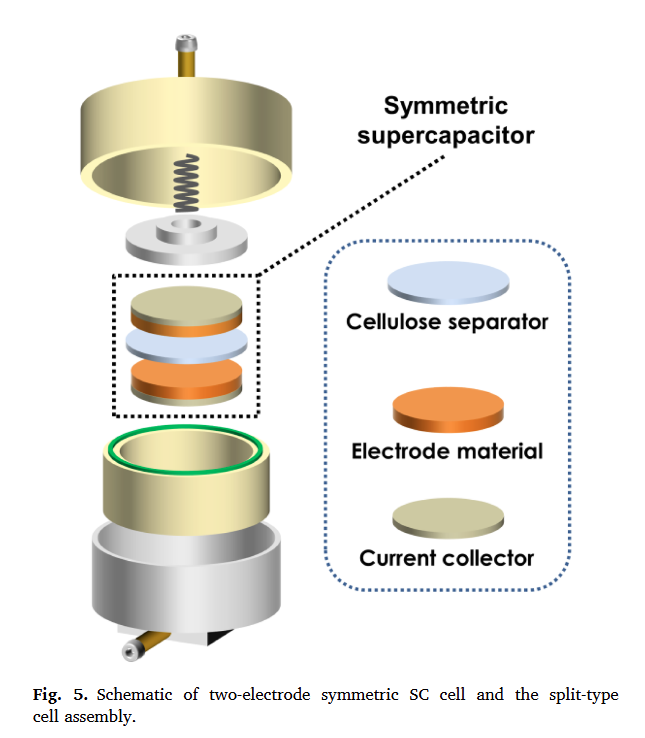
Sustainable Energy and Process Intensification
Department of Chemical Engineering, IIT Guwahati

Department of Chemical Engineering, IIT Guwahati
Our research group is dedicated to advancing sustainable energy storage through innovative materials and device architectures, with a special focus on supercapacitors. We aim to deliver scalable, eco-friendly, and high-performance solutions that meet the growing demand for rapid-charging and durable alternatives to conventional batteries.
Green Carbon Electrodes: We utilize biomass waste to synthesize porous carbon materials, enabling cost-effective and sustainable electrode fabrication. Our team has developed oxygen-rich porous carbon from sugarcane bagasse, yellow oleander, and water hyacinth, achieving surface areas above 2200 m²/g and energy densities up to 37.24 Wh/kg at practical mass loadings—demonstrating strong commercial potential [Choudhury et al., Applied Surface Science, 2022].

Magnetic Nanocomposites: We design Fe₃O₄/graphene-based hybrid electrodes that combine high pseudocapacitance with excellent conductivity. By exploring the structure–performance relationship, we enable both symmetric and asymmetric device configurations [Choudhury & Moholkar, Springer Handbook, 2022].
Flexible & Biopolymer Supercapacitors: Our work includes flexible, biopolymer-based devices such as lignin-MWCNT reinforced PVA–chitosan hydrogels, synthesized using ultrasound-assisted methods. These sustainable materials are designed for next-generation wearable and smart energy applications [Ingtipi et al., Materials Today Communications, 2023].
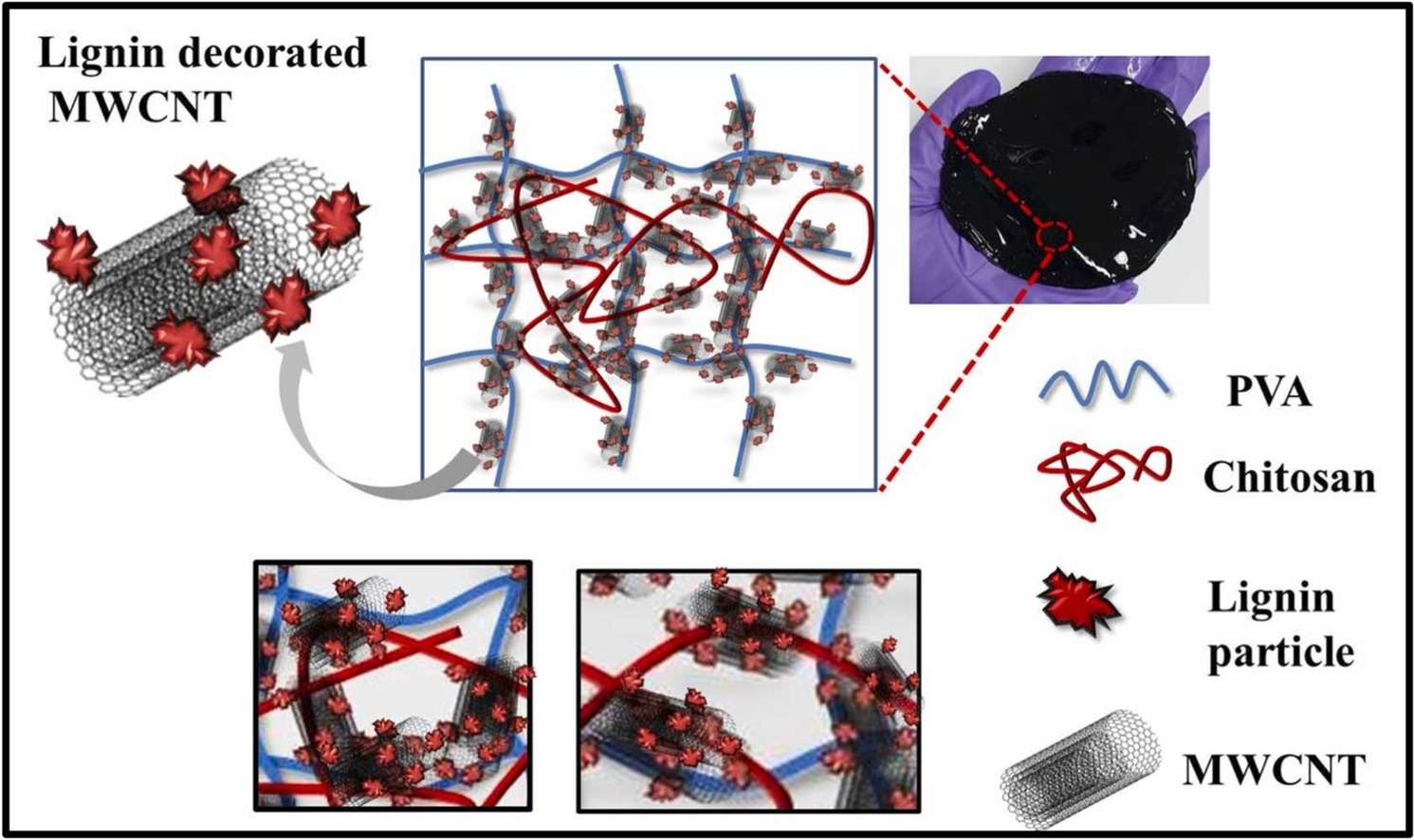
Hybrid Electrolyte Devices: We integrate reduced graphene oxide, MnO₂, and MWCNTs to engineer high-energy symmetric supercapacitors, operable in both redox-active and “water-in-salt” electrolytes. These systems offer high energy density, robust cycling, and scalable manufacturing potential [Choudhury et al., Journal of Energy Storage, 2022].
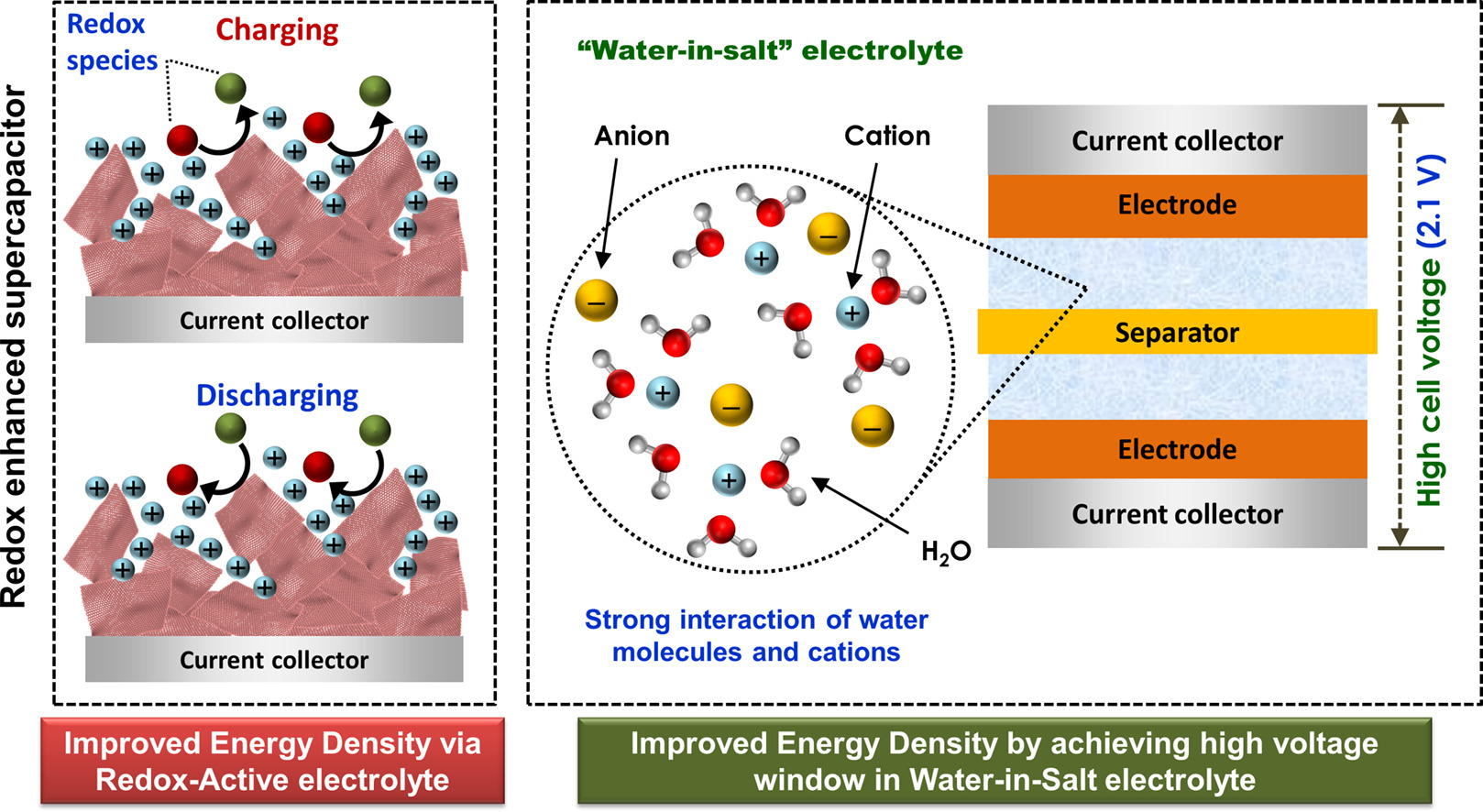
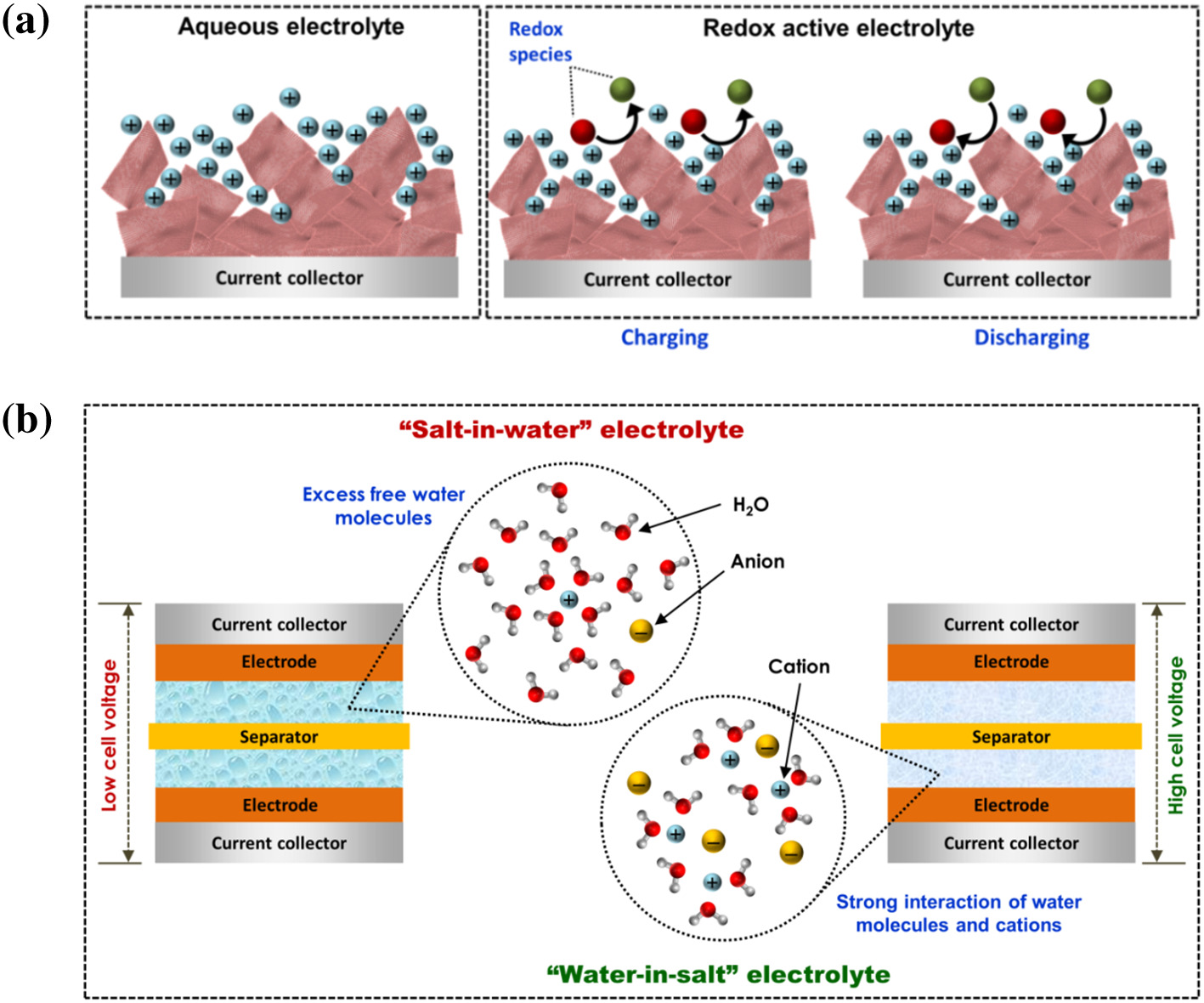
Ternary Nanocomposite Electrodes: Another significant advancement from our group is the development of a ternary nanocomposite electrode composed of MWCNTs, MnO₂, and reduced graphene oxide (rGO) using an ultrasound-assisted one-pot synthesis method. This approach, reported by Choudhury et al., emphasizes simplicity, scalability, and performance. The resulting composite material demonstrates a unique architecture that facilitates fast electron transport and abundant ion-accessible sites, essential for high-performance energy storage. Critically, the electrodes were fabricated at commercially viable mass loadings (~10 mg/cm²) and exhibited excellent specific capacitance, rate capability, and cycling durability. This work underscores our group’s focus on translating laboratory-scale nanomaterials into scalable supercapacitor technologies for real-world applications [Choudhury et al., Ultrasonics Sonochemistry, 2022].
